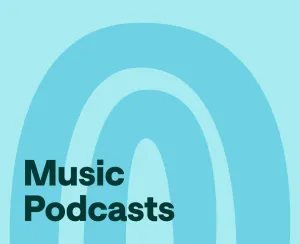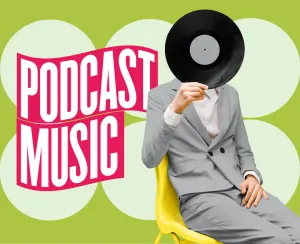You don’t always notice it consciously, but the right background music can shape how a listener experiences your episode. It can set a tone, smooth over transitions, or simply give your voice the kind of lift that makes a podcast feel complete instead of half-done.
But here’s the thing: if the music’s too loud, too distracting, or just plain wrong for the vibe, it’ll do the opposite.
So how do you add music that fits without copyright issues, or clunky editing?
Let’s walk through how to add background music to your podcast using Podcastle’s built-in audio editor. You’ll see it’s simpler than you might expect, and along the way, we’ll talk about why background music matters, what to watch out for, and a few advanced tips to help you go from decent to polished.
Adding Background Music in Podcastle
Step 1: Upload your content to the Audio Editor
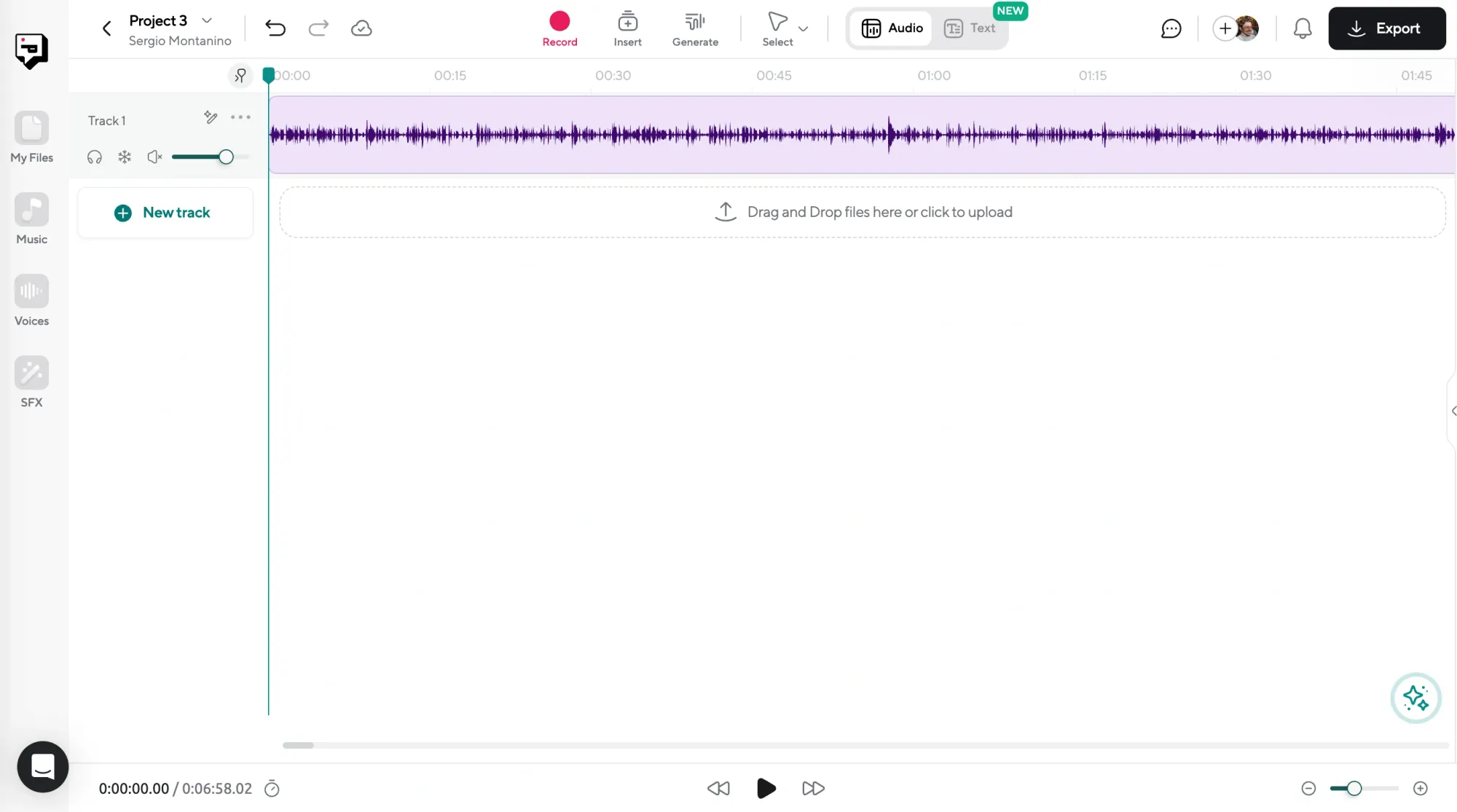
Start by opening up the Podcastle audio editor. Drag and drop your recorded file into the project window. It uploads in the background, and you can begin editing immediately, which is great if you’re working on a tight schedule or just like moving fast. You’ll see the waveform appear on the timeline, ready for the next step.
Step 2: Explore the Music Library
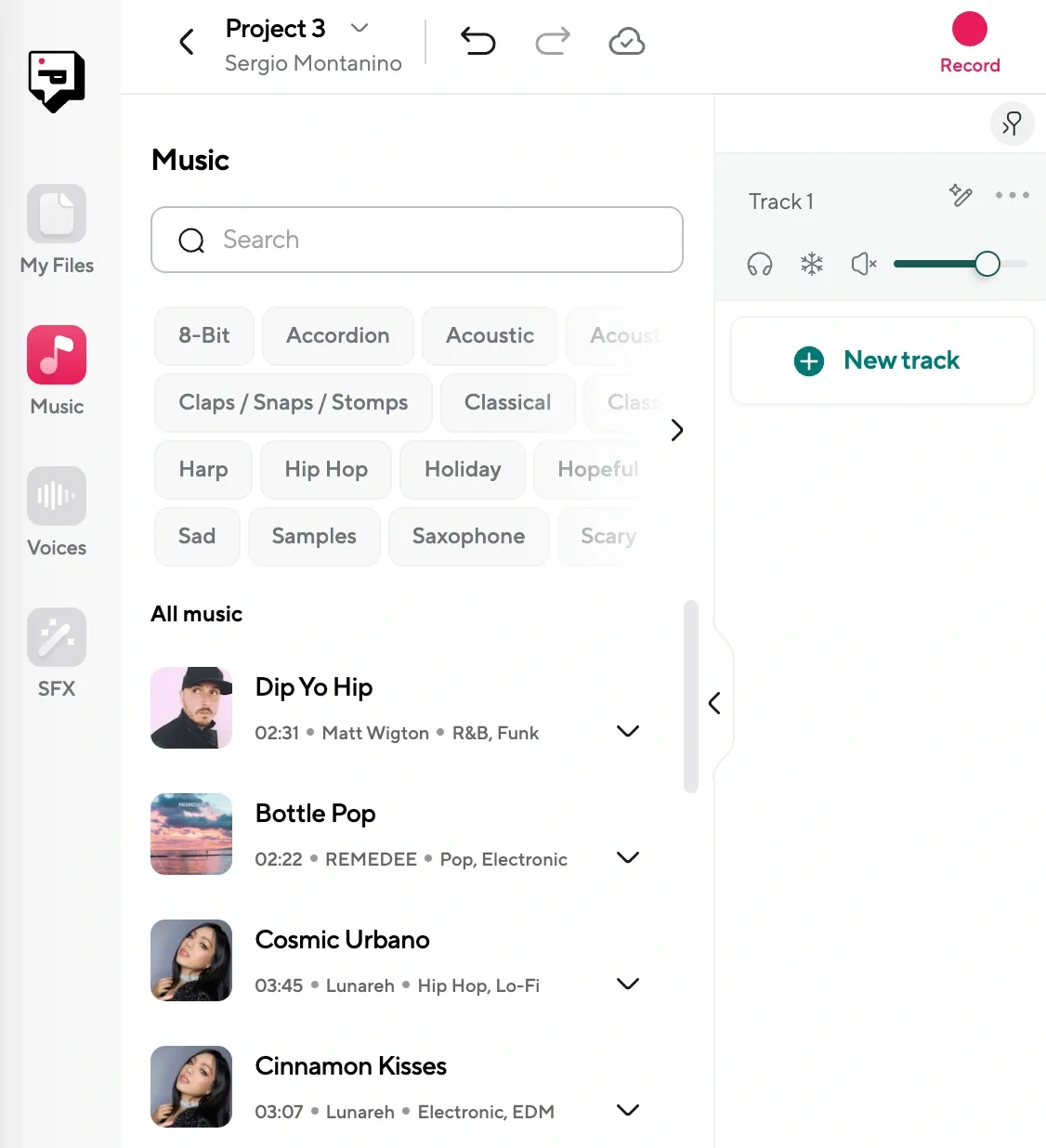
On the left-hand side of the editor, there’s a set of tabs. Click on the one labeled “Audio.” This opens up a full library of royalty-free tracks you can browse through. You can filter by genre, mix and match multiple tags, or search for something specific. Each song even comes with an instrumental version, which helps keep the focus on your voice.
Once you find a track that fits, just drag it into the timeline under your voice recording. You can trim it, loop it, fade it in or out, and adjust the volume directly in the editor.
Aim for something subtle here. You don’t want the music competing with your voice.
Step 3: Polish your mix using AI tools
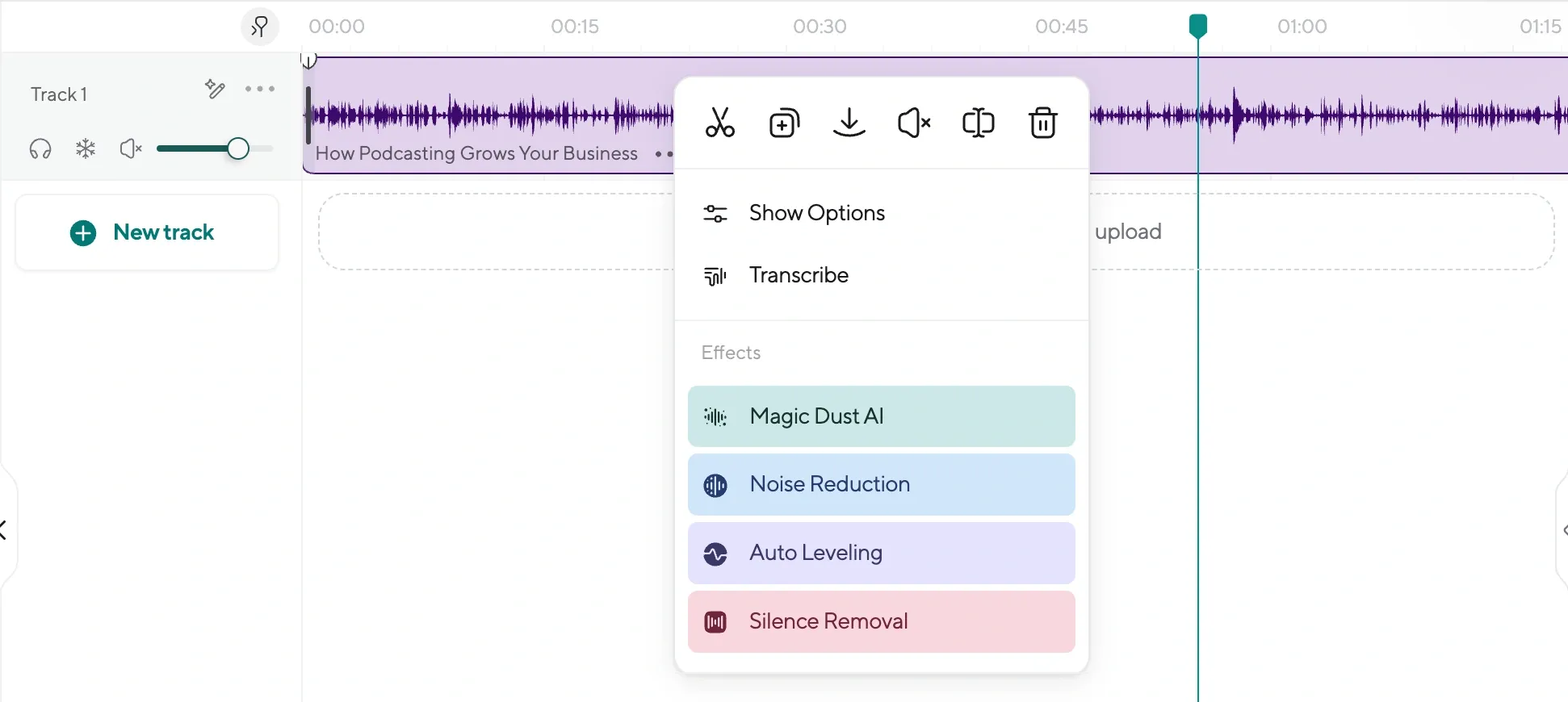
Before you export, Podcastle gives you a few tools to fine-tune your final product. You can remove background noise, balance levels automatically, and use AI Audio Enhancement to smooth everything out.
Step 4: Export and you’re done

When you’re happy with the mix, just hit export. You can choose your file type, resolution, and Podcastle will package everything together into a clean, shareable audio file. Done.
5 Common Mistakes (and How to Avoid Them)
- Music is too loud. If people struggle to hear what you’re saying, you’ve lost them. Keep music volume well below your voice track.
- No fade-ins or fade-outs. Abrupt cuts can feel jarring. Fading your music in and out gives the episode flow.
- Mismatched tone. Don’t pick music because it sounds cool. Choose it because it fits the content.
- Too much variety. Changing tracks every few minutes gets chaotic. Stick to one or two styles to keep the vibe consistent.
- Skipping the instrumental version. Lyrics in background music often clash with spoken words. Stick to instrumentals unless you know exactly what you’re doing.
Why You Need Background Music
Background music in a podcast is an important tool for creating ambiance and setting the tone of your production. It can be used to evoke a particular emotion, create energy and excitement, help transition between segments, or simply add texture and depth to the audio.
Music has the ability to emotionally engage listeners and draw them into the content of your podcast.It can also act as a subtle call to action for listeners, inviting them to become more involved with the show.
In addition, background music in a podcast can be used to create an atmosphere of professionalism and heighten production quality. With careful selection and volume control, it can provide just enough of an auditory backdrop without being distracting or overwhelming. Finally, adding music to your podcast can help you stand out from the crowd and make your content more memorable.
Ultimately, background music in a podcast is an important aspect of audio production that should not be overlooked. When used strategically and tastefully, it can greatly enhance the listening experience for your audience and create an atmosphere that encourages engagement.
How to use background music in a podcast?
How to use music for podcasts? There are different ways music can be used in your show. Here are the most common types of music
1) Intro music
Podcast intro music is typically the first thing listeners hear when they start a podcast episode, so it can be used to set the tone for the rest of your show. It doesn’t need to be long; just a few seconds will do.
2) Bumpers and transitions
Music can help transition between sections or topics in your podcast. This type of music, called bumpers or transition music, can help bring a listener into the story and help them flow from one topic to another.
3) Background ambiance
You can also use podcast background music as ambience music to create atmosphere and set the mood for your show. This type of music adds an extra layer of engagement to your show and helps you control the emotional tone of your podcast.
4) Outro music
Podcast outro music should be the last thing listeners hear before they move on to the next episode. It’s a good idea to end each show with some type of outro music that helps wrap up the show and leave listeners with a positive feeling.
5 Advanced Tips for a Cleaner, More Professional Edit
- Use volume keyframes. Instead of one flat volume, adjust your background music dynamically to rise and fall between segments or when your energy shifts.
- Layer subtle ambient sounds. For narrative podcasts, soft ambient layers like city sounds, wind, or coffee shop noise can give scenes more depth.
- Match your music to your pacing. If your speech is slow and reflective, a high-energy beat will feel off. Let the music mirror your rhythm.
- Edit in headphone mode. What sounds okay through speakers might feel overwhelming in headphones. Always do a final pass with good headphones.
- Save a preset template. Once you’ve found the right music balance, save a copy of your editing timeline. That way, future episodes are easier to build without starting from scratch.
Where Else Can You Find Music For Podcast?
Podcastle has an extensive library of royalty-free music for podcasts, where you can find tracks of any genre! But in case you still need more, here is our list of best paid and free sources for podcast music.
Best free sources of podcast music
- YouTube Audio Library: A great source for free music, sound effects, and vocal samples. The library also has a wide variety of genres to choose from.
- Free Music Archive: An online resource offering a huge selection of Creative Commons licensed tracks that are suitable for your podcast. All the songs are hosted by popular artists and are regularly updated.
- Freesound: A collaborative database of audio snippets and samples that can be used to create custom soundtracks for your podcast.
- SoundCloud: One of the biggest music streaming services with an enormous selection of free songs, instrumental tracks, and sound effects. SoundCloud has great search tools as well as the ability to filter search results by genre.
Best paid sources of podcast music
- Audio Jungle: A great source for all types of production music and sound effects, with a wide range of prices depending on the track.
- Pond5: With an extensive library of tracks to choose from, they offer an affordable solution for background music in your podcast.
- PremiumBeat: They have a selection of tracks available for a range of prices.
- Shutterstock Music: A great option for royalty free music, with over 6 million songs in their library. Whatever your podcast needs are, there is sure to be a perfect option out there! So start searching and find the perfect fit for your project.
Final Thoughts
Adding background music doesn’t need to be complicated, and it shouldn’t be an afterthought. With Podcastle’s built-in tools and intuitive timeline editor, you can add the kind of music that lifts your podcast instead of distracting from it. Take your time with the selection. Play around with levels. Use the tools that are there to help. And once it starts to click, you’ll wonder how you ever put out an episode without it.
Want to try it out now? Log in to Podcastle and upload your latest episode. We’ll handle the rest.






